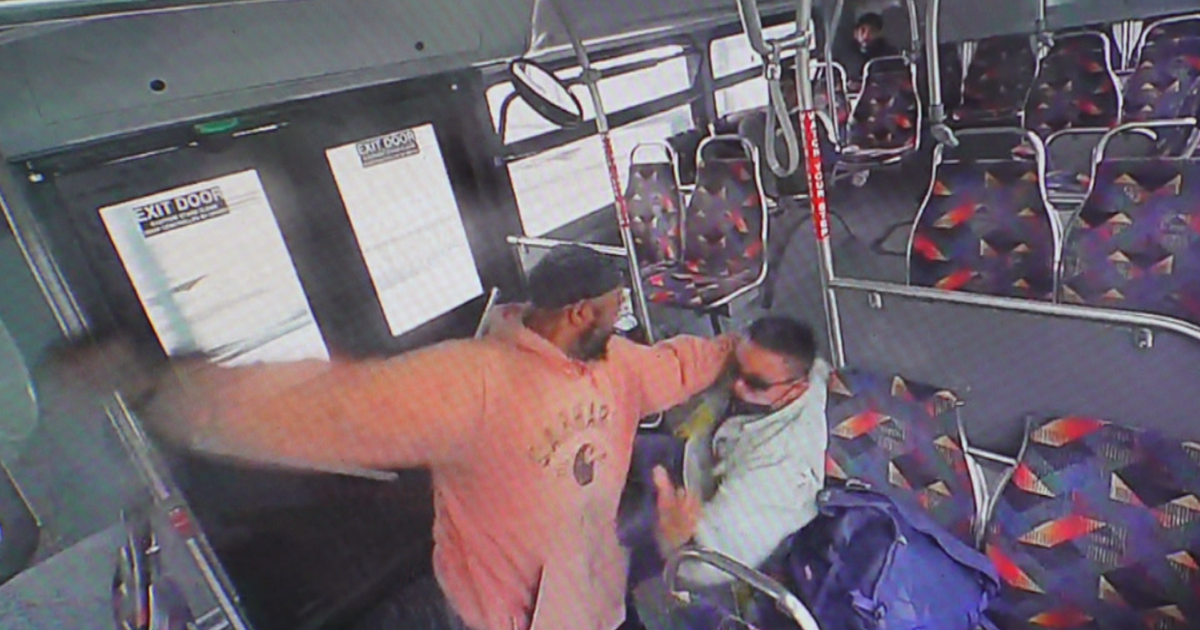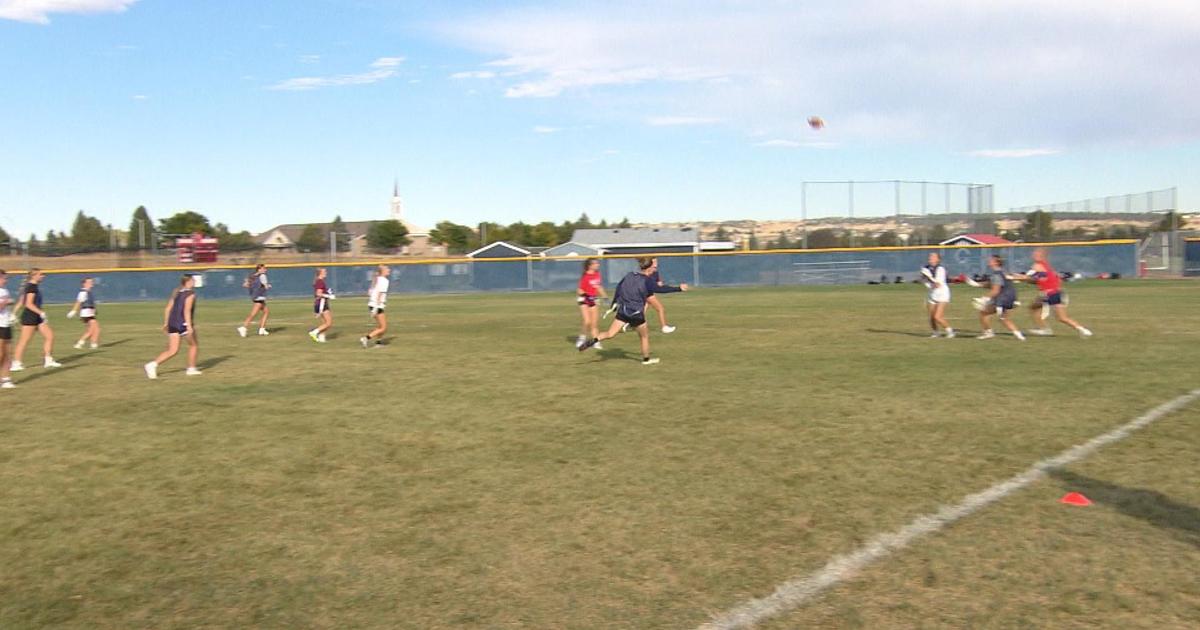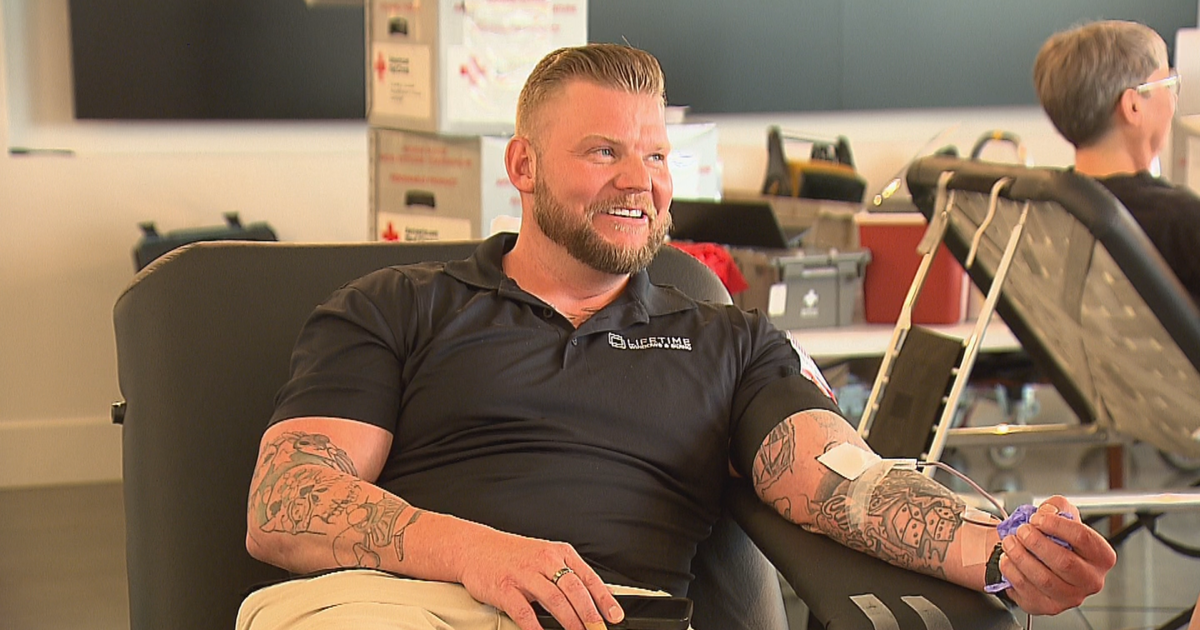Real Crime Scene Investigation Is Not Like CSI On TV
THORNTON, Colo. (CBS4)- A bloody bat lies on the floor and additional spatters soak into the white wall.
But what we have here is a fake crime created as a classroom for cops.
"This is cow's blood," explained Dan Christman, Owner of Christman Forensics of Bothell, Washington.
He's been brought in by Thornton Police this week to teach a class in blood pattern analysis.
"We've got to actually go hands on to keep fresh," said the instructor.
When most people encounter a mess of blood, they only see red.
But Christman offers a basic clue to this fascinating field of science.
"Spatters always point to the direction they came from," he explained.
The week-long class has attracted crime scene investigators from across Colorado and Nebraska.
Several small cubicles have been converted into mock crime scenes
One scenario presumes the victim was knifed, in another there was a shooting, still another a knifing.
Cops hover over the spilled blood. They trace colored strings back to the point of origin. The training exercise is aimed at recreating the crime scene.
Virtually everything they learn is based on trigonometry – you remember the plastic protractor from high school.
Now, calculators allow the science to be applied more quickly. If you're a fan of "C-S-I", maybe all this feels familiar.
"It's not like the TV shows," argued Heather Kimball, one of the students and an investigator with the Thornton Police Lab.
She said blood pattern analysis is methodical and takes time.
"We don't get our results in 60 minutes or less with commercials," she added with a smile.
But done correctly, blood pattern analysis can provide powerful evidence in the courtroom.
"It talks to a jury, it tells a story and juries get it," said Christman.




